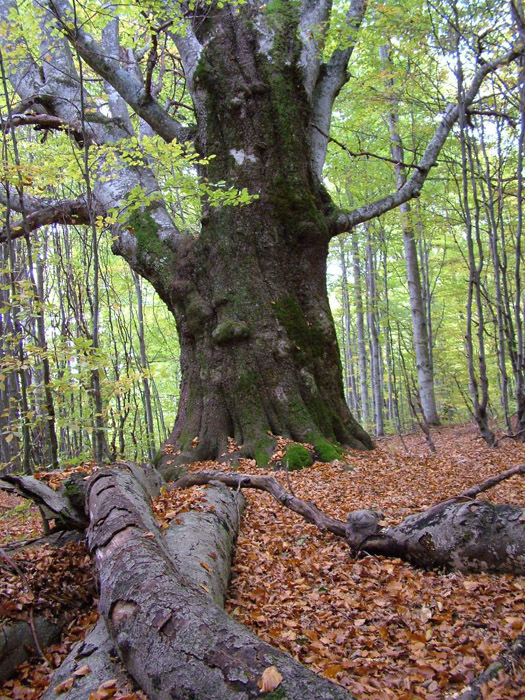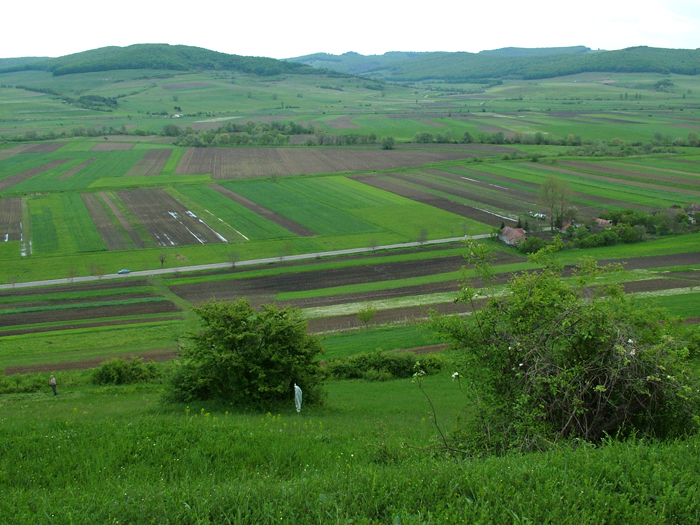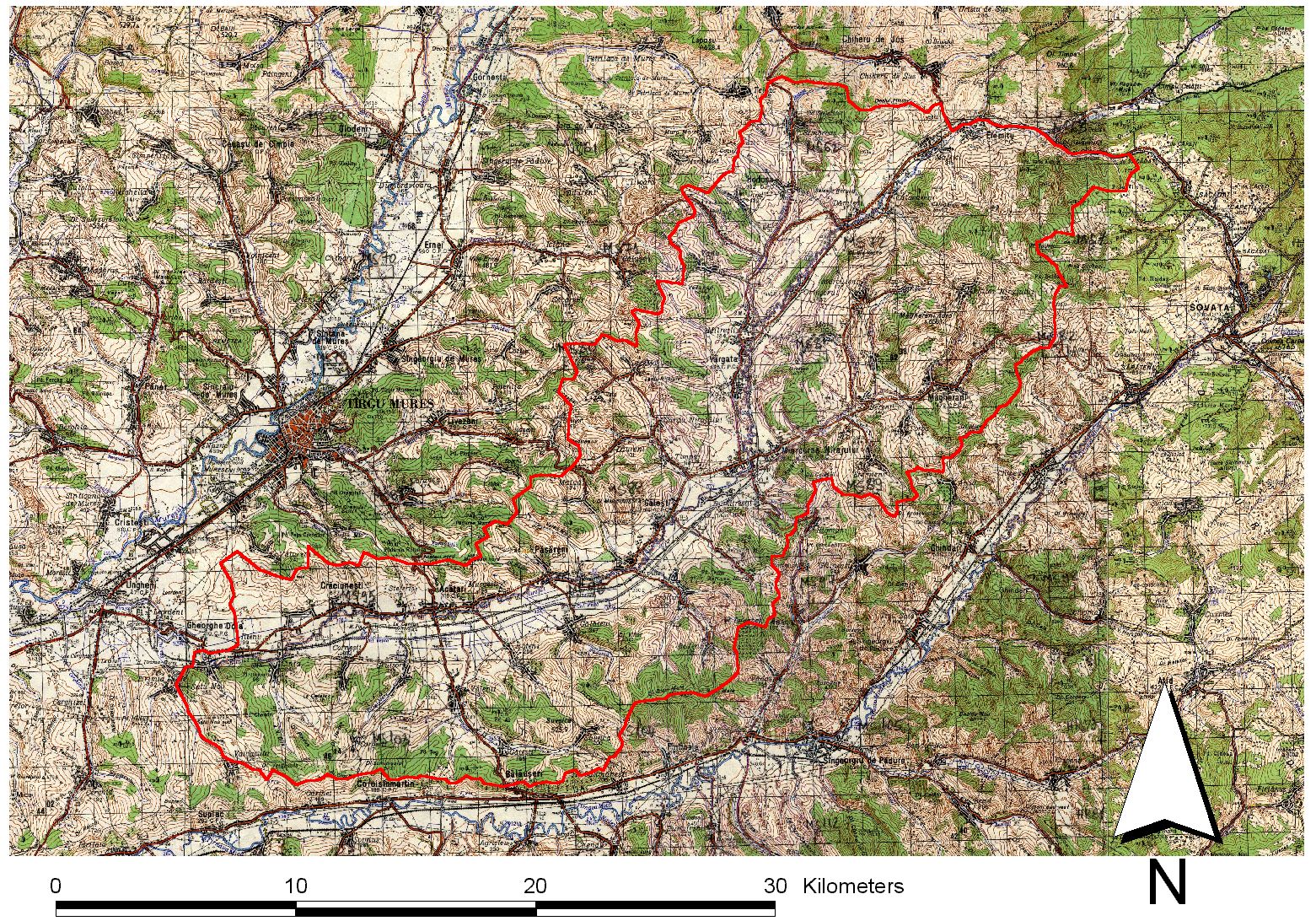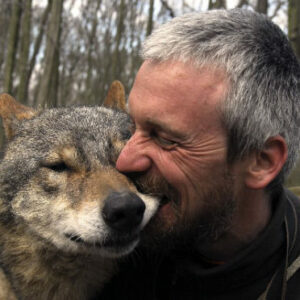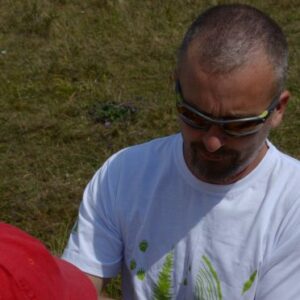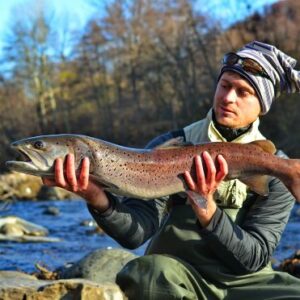1. Information about the project carried out in the region
Background
- from 1994 regular field trips were undertaken by the volunteers of the Milvus Group in order to map the birds of this area
- In the period of 2000-2003 – with the financial support of the Romanian Environmental Partnership Foundation – we managed to ensure the permanent monitoring of the raptor populations in the area
- According to our database we realized that the Niraj Valley is very rich in priority species for the designation of the Natura 2000 sites
The aim of the Project
The conservation of habitats and bird species of great value of the Niraj Valley by designating it as part of the Natura 2000 network based on the Bird Directive
The objectives of the Project
- population survey of some target bird species included in the Annex I. of the Bird Directive
- setting up a database regarding land use, forestry activity planning and threatening factors
- to compile the necessary documentation for the official proposal of the area as future Natura 2000 site
- to raise public awareness among different stakeholders of the local community regarding the Natura 2000 concept
Stakeholders
- Forestry Institute of Mures County
- Local Forestry offices in the Niraj Valley
- Local Communities
Geographic Description of the Area
The project area was situated along the Niraj valley between Cinta and Eremitu settlements.
Activities within the Project
- we updated our database from the previous years about the distribution and population size of the target species
- informational campaign through the local newspapers and radio about the initiation of the project and its importance
- we carried out detailed field survey regarding the distribution and abundance of the target species
- we examined the blotters and maps of the General Urban Plans and the Forestry Work Plan to identify the present situation as well as the potential future threats.
- we analyzed the present land use patterns of the areas covered with priority habitats and confronted them with the data obtained from the blotters
- the priority habitats were identified, delimited and localized on maps
- we identified and ranked the actual and potential limiting factors in the proposed area, which could damage the target species’ habitats
- we organized – with invited specialists from Hungary and Slovakia – workshops regarding the designation methods and potential problems with the designation process
- we published 4 postcard presenting flagship bird species of the Niraj Valley , these were distributed to mayor’s houses with other publicity materials as leaflets and brochures.
- we organized two workshops with specialists from the Forestry Institute where we discussed issues about the designation, about the future legislation liable for allowed activities in private and state owned forests
- we discussed with the specialists of the Forestry Institute the possibility that to every Lesser Spotted Eagle nest individual protection should be granted before the area will be officially announced as Natura 2000 site
- we recorded the whole necessary data and we identified the boundaries of the site in the field and on the map
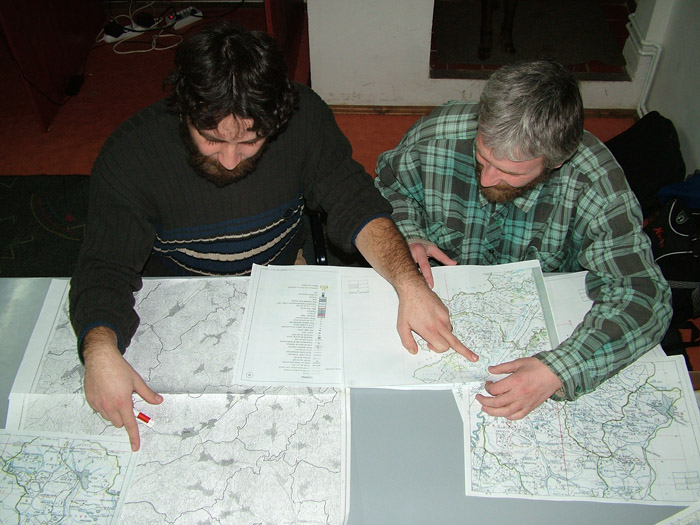

Continuation of the project
- we will update our database by continuous monitoring of bird fauna on the whole surface of the Niraj Valley
- the documentation will be handled to the Ministry of Environment and Water Management for approval
- The Milvus Group wishes to gain the custody status of the future Niraj Valley Natura 2000 site (Special Protected Area)
- we will continue the public awareness raising activity to make more familiar for the general public the concept of Natura 2000 and the necessity of biodiversity conservation
Target Species of the Project
Target species selected for this area are included in the annex I. of the Bird Directive
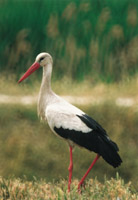
- Lesser Spotted Eagle (Aquila pomarina)
- Honey Buzzard (Pernis apivorus)
- Corncrake (Crex crex)
- White Stork (Ciconia ciconia)
- Grey-headed Woodpecker (Picus canus)
- Syrian Woodpecker (Dendrocopos syriacus)
- Middle Spotted Woodpecker (Dendrocopos medius)
- Black Woodpecker (Dryocopus martius)
2. General data about the target area and its documentation
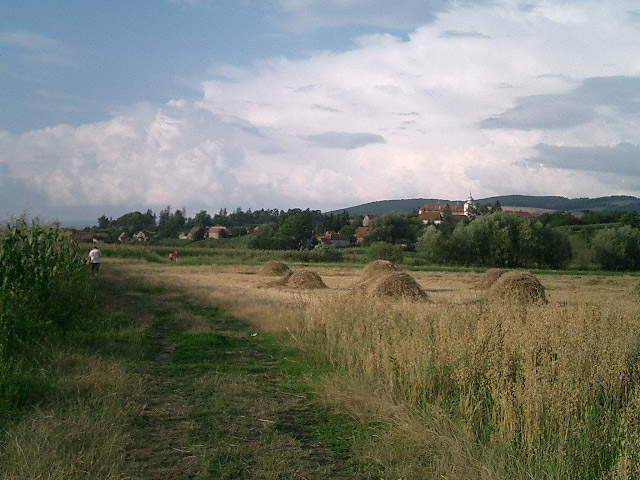
Delimitation, how to get there?
The geographically delimited Niraj Valley is located in the Easter part of Mures County . Public roads are intersecting forming two important crossroads as in Târgu Mures (located on the edge of the site) and Acatari. Other important junctions are at Tâmpa, Miercurea Nirajului and between Vargata and Hodosa settlements.
The area has only one town called Miercurea Nirajului which is located at the middle course of the Niraj river at 22 km distance from Târgu Mures and it can be accessed from here through the DJ 135, DJ 151 roads (DJ=County Road). There are two access roads to the Niraj Valley from Sovata town: DJ 153 and DJ 136. The area proposed for designation contains 10 parishes and 29 villages some of them united between each other. The region is very easy to approach from west (Tg.- Mures) along the E60 European road, DN 15 (DN= National Road ) or along the 13a main road. Although most of the area is far from roads with intensive traffic it can be accessed from south-west (Balauseri – E60) and from North (Reghin DN 15). Balauseri is a very important crossroad, while Reghin and Sovata towns are important tourist centers visited by Romanian but also by foreign tourists. The total surface of the proposed area is 48134,002 ha (with a perimeter of 142,2690 km).
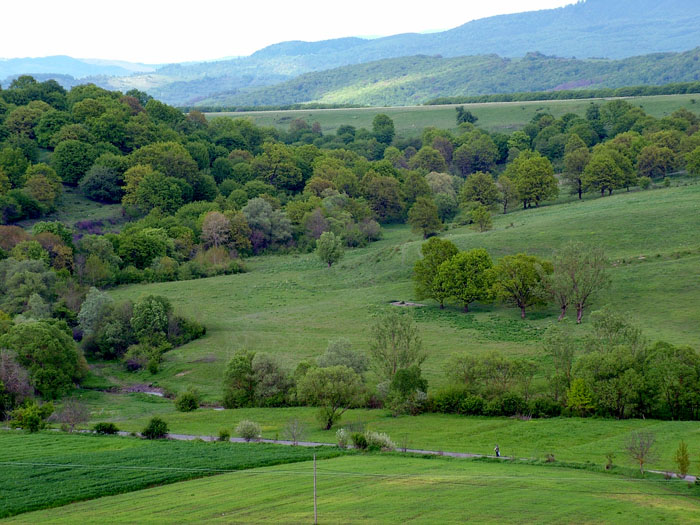
The Relief of the Niraj Valley
The de general relief of Mures is represented by altitude ascension in west-east direction from the Transylvanian Plateau towards the Eastern Carpathians. This property has an important effect on the region’s vegetation and fauna. The altitude of the areas varies between 330 and hills of the area are between 330 and 1079 m.a.s.l.
The hydrologic basin of the Niraj valley consist from the Little and Big Niraj rivers which merge in Miercurea Nirajului town.
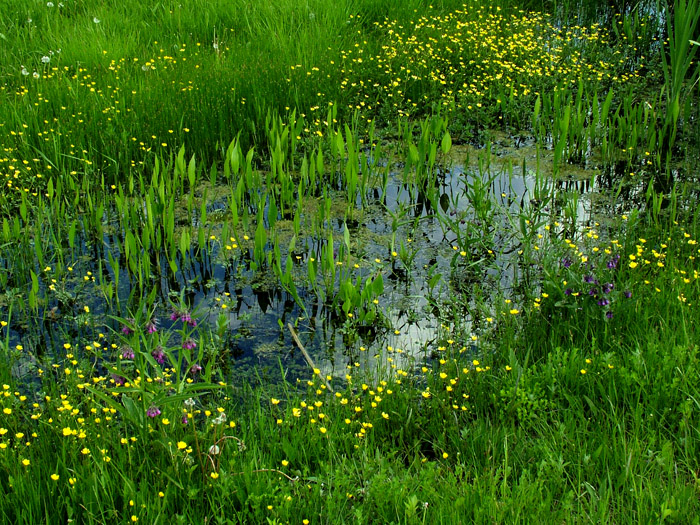
The Climate
The Niraj Valley can be characterized by continental-temperate climate type. Dominant air-mass movements are from west respectively from north-west directions.
Specific seasons of the region are worm summers and relatively cold and long winters especially on the eastern, mostly mountainous part.
There are also temperature differences between lower and higher spots of the area. According to mean monthly temperatures, the coldest month is January (means between -3 0 C and -8 0 C), respectively the warmest is July (means between +18 0 C and +19 0 C). The number of summer days varies between 65 and 85. Most days with frost are in February.
In the Niraj Valley the mean annual precipitation is 700-900 mm. Mean rainfalls in July are situated between 80-180 mm, respectively in January between 30-50 mm. Highest daily rain quantity was measured in Miercurea Nirajului in 18.06.1929 (145.5 mm). The depth of snow cover during winter varies between 25 and 40cm.
The relative humidity of the air in the area is always under 76%, the mean wind speed is 3.1 m/s, most of the strong winds are in the cold season and can reach the value of 45 m/s.
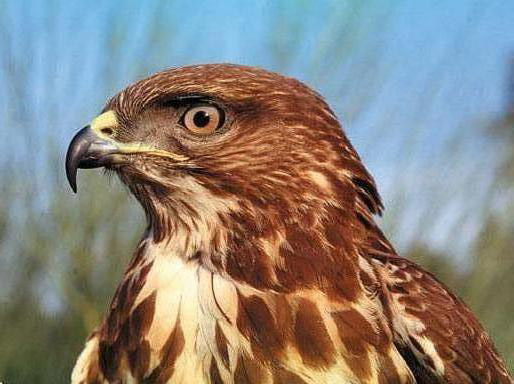
Bird Fauna
In the Niraj Valley there were described 179 species from these 89 are on the priority lists for designating Natura 2000 sites in Europe . The number of breeding species is 123, others are passing, wintering and erratic ones. The number of non passerine species is 91, while the passerine group is represented by 88 species.
Despite that in the area wetlands have very small surface, the number of species attached to this type of habitat is relatively high. We consider important the breeding of the following species: Honey Buzzard (Pernis apivorus) , Lesser Spotted Eagle (Aquila pomarina), Corncrake (Crex crex), Scops Owl (Otus scops), Bee-eater (Merops apiaster), Grey-headed Woodpecker (Picus canus), Woodlark (Lullula arborea), Lesser Grey Shrike (Lanius minor) and Red-backed Shrike (Lanius collurio).
Bird species from the Annex I. of European Bird Directive 79/409/CEE which appear with different regularity in the Niraj Valley are the following:
- Ixobrychus minutus
- Ciconia nigra
- Ciconia ciconia
- Pernis apivorus
- Circus aeruginosus
- Circus cyaneus
- Buteo rufinus
- Aquila pomarina
- Aquila clanga
- Aquila heliaca
- Aquila chrysaetos
- Hieraaetus pennatus
- Falco vespertinus
- Falco columbarius
- Falco peregrinus
- Bonasa bonasia
- Crex crex
- Philomachus pugnax
- Bubo bubo
- Strix uralensis
- Asio flammeus
- Caprimulgus europaeus
- Alcedo atthis
- Picus canus
- Dryocopus martius
- Dendrocopos syriacus
- Dendrocopos medius
- Dendrocopos leucotos
- Lullula arborea
- Anthus campestris
- Sylvia nisoria
- Ficedula parva
- Ficedula albicollis
- Lanius collurio
- Lanius minor
- Emberiza hortulana
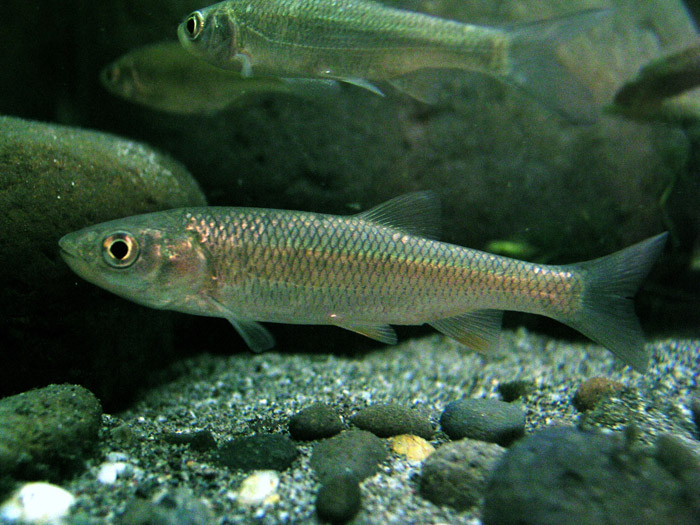
In the Niraj Valley there are 9 species of mammals from the Annex II of the Habitat Directive 92/43/CEE of the European Union. We consider most important species the Brown Bear, Lynx, Wolf, Otter and several bat species.
The area is very rich in amphibian and reptile species; there are 6 species which have priority in designating Natura 2000 sites. From the relatively high number of fish species from the river and its affluent streams there are some which are included in the Annex II of the Habitat Directive. The area is very rich in invertebrate fauna as well there are 6 species, which are included in the Habitat Directive.
The forests of the Niraj Valley are mostly associations of Oak (Quercus robur, Quercus petreae) and Hornbeam (Carpenus betulus) with different age classes. We also can find a a big variety of other arboreal species, forming a rich under-vegetation in these forests. The Beech can be found only on the highest altitudes of the region (Northernmost edge). Along the riverside there can be found also different willow species (Salix alba , Salix babylonica , Salix caprea etc.), Alder (Alnus sp.) and Poplar (Populus tremula , and hybrid Populusxcanadensis).
| Habitat types in the proposed protected area of the Niraj Valley | Percent % |
| Water courses | 1,0 |
| Marshes, lakes | 0,12 |
| Pastures and dry grasslands | 10,69 |
| Natural wet grasslands | 0,1 |
| Extensive farmland (including some shrub-land areas) | 2,97 |
| Pastures in course of shrinking | 28,06 |
| Non-irrigated arable lands | 20,59 |
| Deciduous forests | 23,59 |
| Coniferous Forests | 0,25 |
| Mixed forests | 0,14 |
| Orchards, vineyards | 6,10 |
| Other habitats (urban and rural areas, road network, industrial areas) | 6,40 |
| Total area | 100 % |
We thank to the Partnership Foundation from Miercurea Ciuc for its Financial Support!


